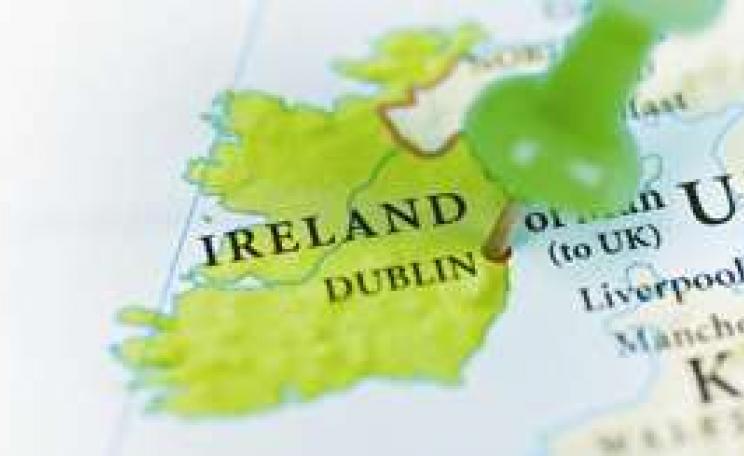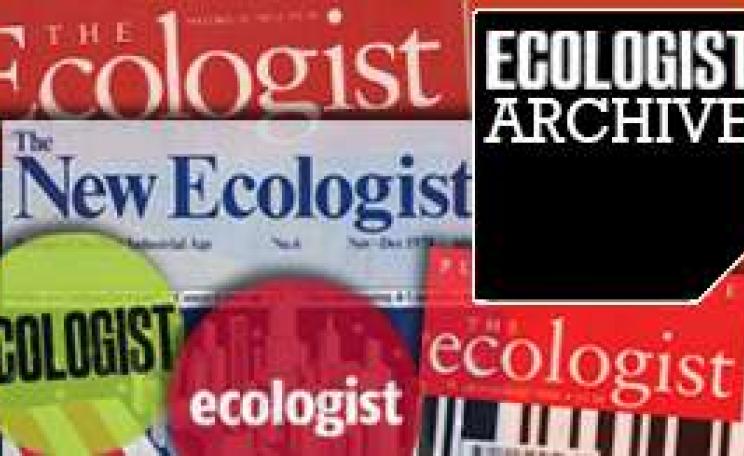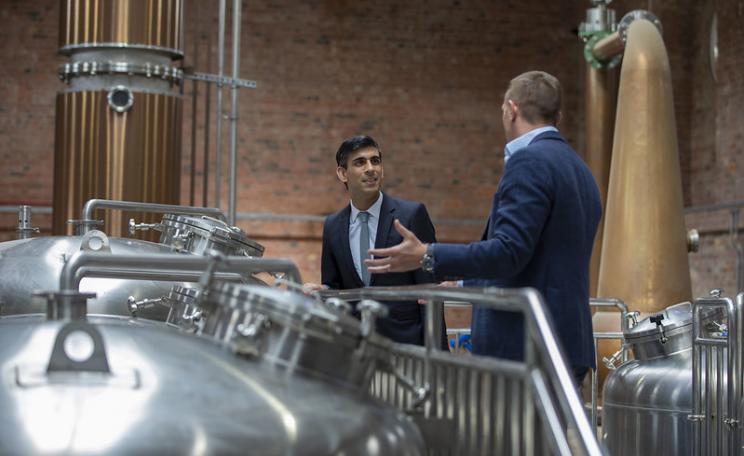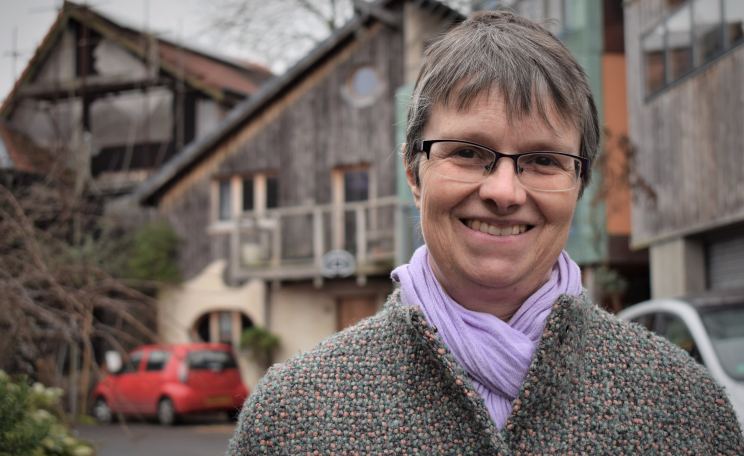The Victorians popularised the concept of the ‘object lesson’, when an item, often from nature, was brought into the classroom and used as a didactic illustration of a general moral lesson. Iceland is providing an object lesson in what is wrong with the organisation of the global economy. Its first mistake was to focus on finance and ignore resources of real value. With a population barely larger than Bristol’s and few resources other than hot water and fish, it could not sustain the sorts of huge investment deals its ‘Viking raider’ entrepreneurs were engaging in. Overstretched, they brought the banks down with them; then the currency; then the whole economy.
But there is nothing unusual about this strategy: 95 per cent of the transactions taking place in the global economy have no contact with real goods. We have an economy that feels it can cut loose of the planet and generate profits through financial engineering. The problem is that this disembedding of economy from environment means there is no longer any awareness of how much the Earth can sustain. Its resources are depleted, its energy drained. We are killing our own support system.
The dislocation between economic activity and natural systems also has consequences for ourselves. We have created an unstable and ungrounded economy: we become similarly unstable and ungrounded if we spend all our lives at work-stations rather than engaged in creative and collaborative work. When our shoes and even our food are produced on the other sides of the globe, it is all-too-easy to forget that all are resources are provided by nature.
Iceland is also demonstrating the insecurity bequeathed by globalisation. An immediate consequence of the crisis was a clearing of supermarket shelves in a country that has low-quality land and a poor climate, hence most fresh food arrives in tins. In spite of our lush landscapes, the UK is also running a huge food deficit – the same size as China’s, according to the UN’s Food and Agriculture Organization – and as the value of sterling declines, the cost of imported food rises. This global supermarket approach is also damaging the human spirit, depriving us of local meaning and real nourishment.
The lessons Iceland has to show us in terms of social cohesion are perhaps the most disturbing, and also the most promising. Following the implosion of the banks there were numerous violent protests in Reykjavik, and calls for the resignation of prime minister Geir Haarde led to the collapse of his government in January. In November, Iceland had signed a deal with the IMF, which will lend £10 billion to support the economy, but only on condition that it introduces the sorts of policies of cutting expenditure and squeezing living standards that poor countries of the south have been subject to. This has led to disillusionment with the conventional economic model and support for the green-left party by around a third of the electorate.
What can we learn from the Icelandic object lesson? It demonstrates the unsustainable nature of the globalised capitalist system that has come to dominate provisioning and trade over the past 40 years. The most important lesson is to cut your coat according to your cloth. Once you strip away the financial fluff, an economy is worth what it has in terms of resources: its people and its land. Losing sight of this basic fact has created overinflated currencies and excessive asset prices; the other side of the coin has been the devaluing of the resources that really matter: people and planet. Creating green jobs is all very well, but until we tackle the economic system’s underlying destructive logic, sustainability will always be out of reach.
Molly Scott Cato is a reader in green economics at the Cardiff School of Management.
This article first appeared in the Ecologist March 2009







